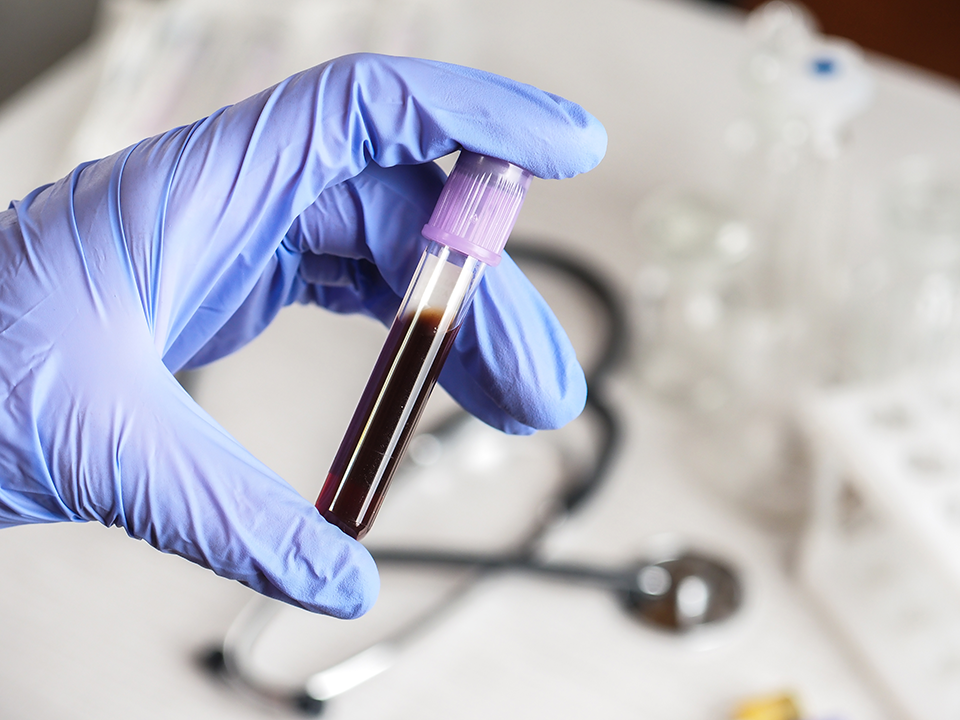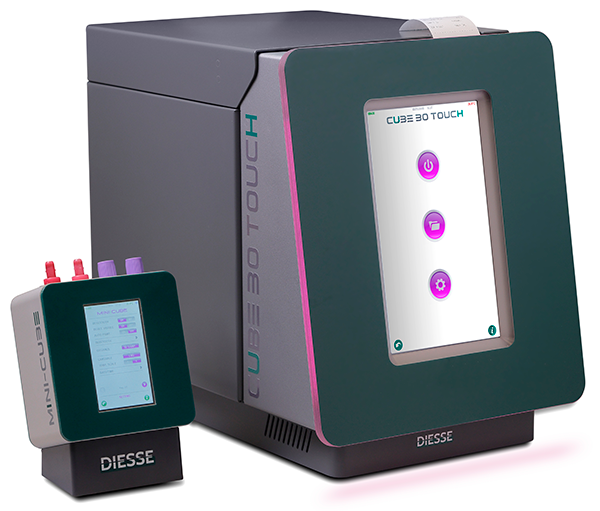Madi’s Musings: ESR Explained
Topics Featured

Welcome to Madi’s Musings, where Streck’s technical writer, Madi (that’s me!) puts her Ph.D. to good use to demystify the sometimes complicated scientific topics related to Streck products. Today, we’re exploring the fascinating topic of erythrocyte sedimentation rate (ESR). Have you ever wondered why doctors order this test? Or how it compares to other tests like CRP? Well, today’s your lucky day. I’m here to tell you all about it.
A Brief Walk Down Memory Lane: The Origins of the ESR Test
To see how ESR testing got its start, we need to hop into our science time machine and zoom back to the early 20th century. Doctors of yesteryear discovered that they could learn a lot about someone’s health just by watching how fast red blood cells sank in a tube of blood. Pretty cool, right?
But this wasn’t a magic trick – it was a genuine scientific discovery. Without all the high-tech support we have now, doctors had to be keen observers of the body’s natural processes. They found out that the speed at which these cells fell could clue them into various health issues, ranging from infections to inflammation. It was a simple yet genius method: a clear tube, some blood, and gravity doing its thing. This basic test laid the groundwork for what would become a staple in medical diagnostics. It’s a bit like how we look back at the first airplanes and marvel at how they evolved into the massive jets of today – sometimes great things start simple!

Why Your Doctor Still Orders the ESR Test Today
In a world jam-packed with medical gadgets and software that would make even the most tech-savvy person’s head spin, you might be wondering, “Why on Earth is my doctor still ordering an ESR test?” Well, that old-school test is still totally rocking the medical scene.
Think of the ESR test as a versatile multi-tool that doctors can rely on. It’s a versatile multi-tool they can whip out when they need a quick snapshot of what’s going on inflammation-wise in your body. Whether you’re battling an infection that’s got you feeling all kinds of icky, dealing with an autoimmune disease that’s as unpredictable as a plot twist in a soap opera, or facing a condition as serious as certain cancers, the ESR test is an important first step into figuring out that something is wrong.
This test is like the trusty sidekick, providing a broad, bird’s-eye view of the situation at hand. It doesn’t dive into the nitty-gritty details, but it signals to your doctor that something might be up. And the ESR test has stood the test of time, holding its own in the fast-paced world of medical diagnostics.
The ESR vs. CRP Showdown: Understanding the Difference
As techniques for monitoring inflammation have developed, ESR has often found itself battling the (relative) newcomer, C-reactive protein (CRP) testing. So, what is the difference between the two?
Imagine your body is the scene of an inflammation investigation. Two detectives show up: ESR, the seasoned veteran who focuses on the big picture, and CRP, the hotshot that lists every tiny detail they see. ESR isn’t about quick to jump to conclusions. It wants to establish the general lay of the land through good old-fashioned police work. On the flip side, CRP is laser-focused, pinpointing the inflammation with precision. It brings in the new age technologies to see exactly where the trouble’s brewing.
So, why call in both detectives? Because sometimes you need a broad overview and the detailed snapshot to really understand what’s going on. Using ESR and CRP together is like assembling the ultimate detective duo: To make a good case for inflammation, you need all the evidence.
The Rise of the Machines: Automated ESR Analyzers Enter the Scene

In the years since its invention, the ESR test has joined the tech revolution overtaking medical diagnostics through automated ESR analyzers, which have changed the game for how we measure sedimentation rates. Picture this: Instead of a person painstakingly measuring how fast those red blood cells are hitting the bottom of the tube, these sleek machines do the heavy lifting, cranking out results with the speed and precision of a barista whipping up your morning espresso. And leading the charge? The Diesse MINI-CUBE and CUBE 30 Touch. It’s like swapping out your old flip phone for the latest smartphone – suddenly, everything’s quicker, smoother, and you’re wondering how you ever got by without it. Diesse analyzers make the process more efficient so doctors can be one step closer to figuring out what’s going on in the complex world of your body in less time.
Making Sense of It All: Why ESR Testing Still Matters
Wrapping your head around why we still lean on the ESR test in an era brimming with medical advancements might seem a bit like reaching for a vinyl record when you’ve got streaming at your fingertips. But here’s the thing: ESR testing is like a classic album – it has timeless value. This test offers a panoramic view of inflammation in the body and is an essential first step in diagnosing and monitoring a range of conditions. And with the advent of automated ESR analyzers, this classic test has gotten a modern twist, making it faster and more reliable than ever.

About the author:
Madi Stock is a former microbiologist whose journey beyond the lab has led her to working in marketing as Streck’s technical writer. And yes, she actually has a Ph.D. from Loyola University Chicago (she focused on quorum sensing in S. aureus!).
